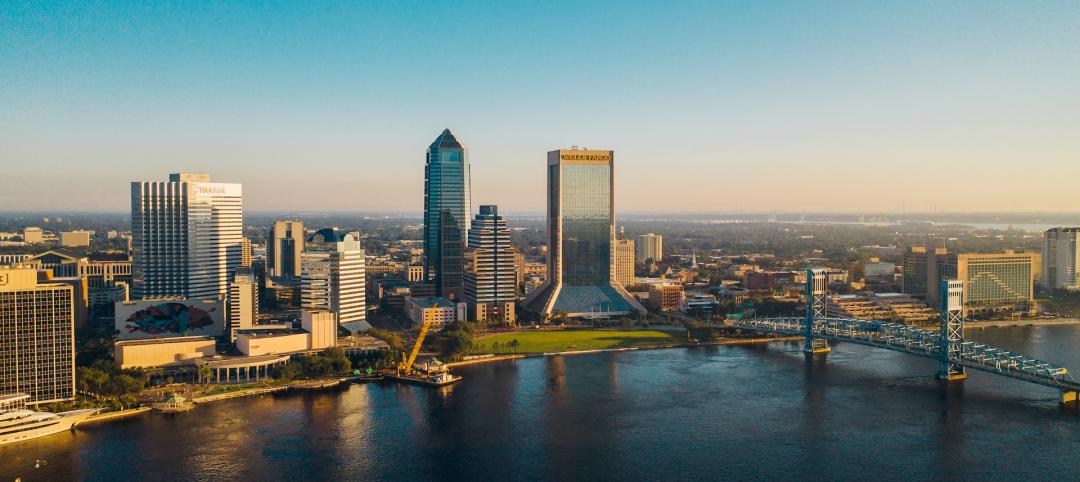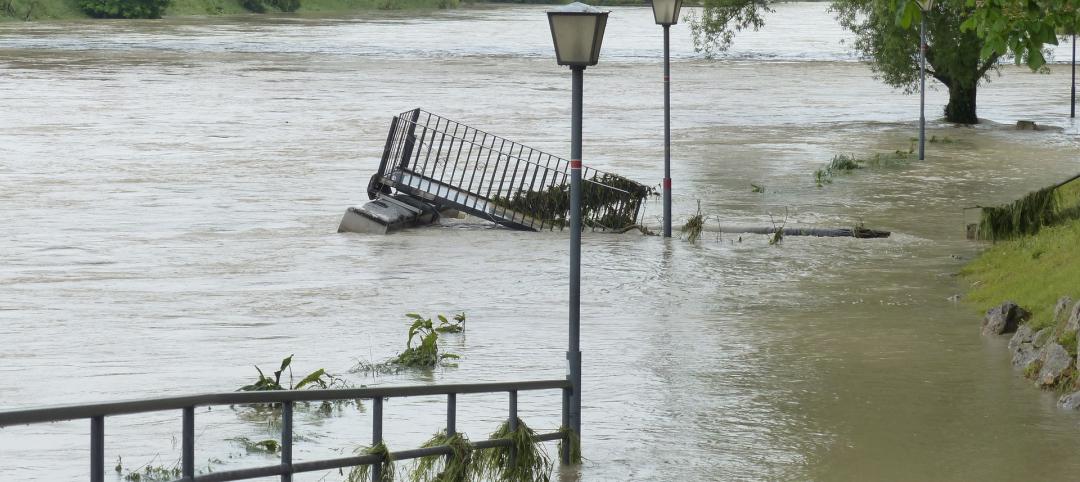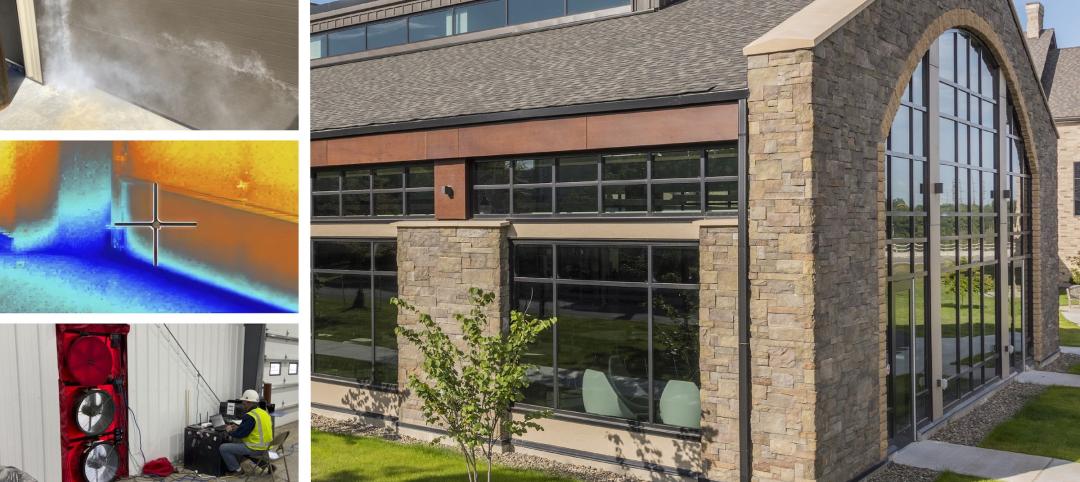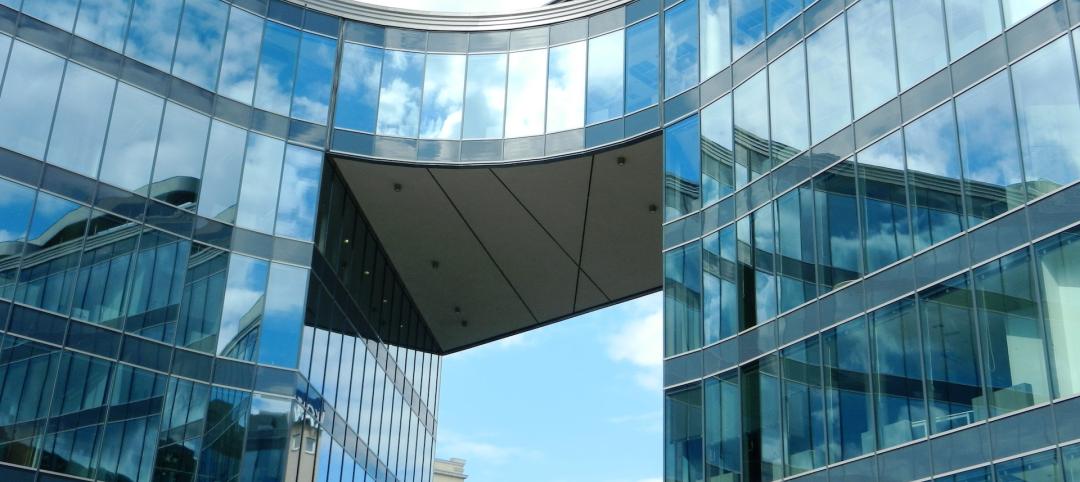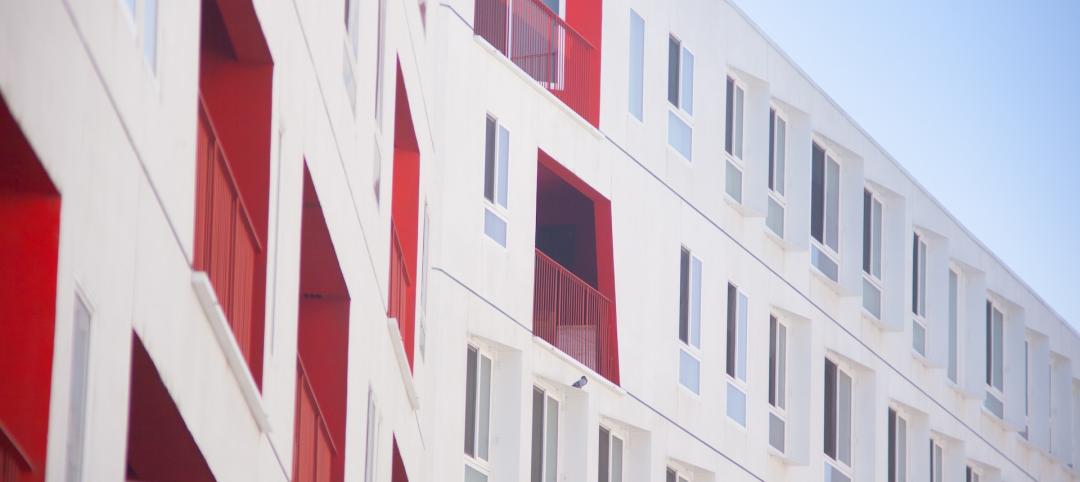Waste not, want not. That’s how the saying goes, and it is a saying local authorities in England and Wales are taking to heart. In an effort to reach the countries' goal of slashing carbon emissions by 2050, new government-backed plans call for a huge expansion of “heat networks” that use warmth generated by industrial machinery, geothermal energy, and subway trains to heat homes, The Telegraph reports.
A heat network is, as it sounds, a large network of insulated pipes that transports hot water or steam to “heat exchanger” units in homes in order to heat up the mains water supply. Basically, the networks make use of heat that is produced as a waste by-product of commercial or industrial processes in order to replace less efficient domestic gas boilers.
Of the 381 local authorities in England and Wales, 131 of them are now working on some sort of heat network plan.
Islington, north London is planning to use heat generated from the Northern Line of the London Underground network while other locations are exploring using geothermal heat from deep beneath the earth's surface or even recycling heat from pottery kilns from the local ceramics industry.
In 2015, an additional £320 million was set aside to help fund the construction of up to 200 projects, which would produce enough heat to supply 400,000 homes.
There are still two main hurdles that need to be overcome for these plans to work, however. The first issue is in creating a viable business model for the rollout to millions of households. Currently, it is difficult to finance a project without securing customers, but it is difficult to secure customers for something that doesn’t yet exist.
The second issue is in figuring out how to deal with “customer protection, choice, and pricing” Richard Howard, Head of Energy and Environment at Policy Exchange says in an interview with The Telegraph. “Heat networks generally lock customers in on very long term contracts, which can be 15-20 years.” A contract that long may scare away potential customers.
While heat networks seem to offer a glimmer of hope for de-carbonizing heating supplies, it remains to be seen just how viable they will actually be once implementation begins.
Related Stories
Sustainability | Nov 1, 2023
Tool identifies financial incentives for decarbonizing heavy industry, transportation projects
Rocky Mountain Institute (RMI) has released a tool to identify financial incentives to help developers, industrial companies, and investors find financial incentives for heavy industry and transport projects.
Sponsored | MFPRO+ Course | Oct 30, 2023
For the Multifamily Sector, Product Innovations Boost Design and Construction Success
This course covers emerging trends in exterior design and products/systems selection in the low- and mid-rise market-rate and luxury multifamily rental market. Topics include facade design, cladding material trends, fenestration trends/innovations, indoor/outdoor connection, and rooftop spaces.
Resiliency | Oct 19, 2023
Jacksonville unveils 50-year strategy for resiliency to flooding, extreme heat, wildfires
The City of Jacksonville, Fla., recently released plans for Resilient Jacksonville, a 50-year resiliency strategy to reduce the risks from flooding, hurricanes, excessive heat, and wildfires, and to respond better to those events. The plan includes ways to stop the St. Johns River from flooding vulnerable neighborhoods, including those prone to flooding during heavy rain or hurricanes.
Adaptive Reuse | Sep 19, 2023
Transforming shopping malls into 21st century neighborhoods
As we reimagine the antiquated shopping mall, Marc Asnis, AICP, Associate, Perkins&Will, details four first steps to consider.
Hotel Facilities | Sep 15, 2023
The next phase of sustainability in luxury hotels
The luxury hotel market has seen an increase in green-minded guests looking for opportunities to support businesses that are conscientious of the environment.
Resiliency | Sep 11, 2023
FEMA names first communities for targeted assistance on hazards resilience
FEMA recently unveiled the initial designation of 483 census tracts that will be eligible for increased federal support to boost resilience to natural hazards and extreme weather. The action was the result of bipartisan legislation, the Community Disaster Resilience Zones Act of 2022. The law aims to help localities most at risk from the impacts of climate change to build resilience to natural hazards.
Metals | Sep 11, 2023
Best practices guide for air leakage testing for metal building systems released
The Metal Building Manufacturers Association (MBMA) released a new guidebook, Metal Building Systems - Best Practices to Comply with Whole-Building Air Leakage Testing Requirements.
Office Buildings | Aug 31, 2023
About 11% of U.S. office buildings could be suitable for green office-to-residential conversions
A National Bureau of Economic Research working paper from researchers at New York University and Columbia Business School indicates that about 11% of U.S. office buildings may be suitable for conversion to green multifamily properties.
Multifamily Housing | Aug 23, 2023
Constructing multifamily housing buildings to Passive House standards can be done at cost parity
All-electric multi-family Passive House projects can be built at the same cost or close to the same cost as conventionally designed buildings, according to a report by the Passive House Network. The report included a survey of 45 multi-family Passive House buildings in New York and Massachusetts in recent years.
Regulations | Aug 23, 2023
Gas industry drops legal challenge to heat pump requirement in Washington building code
Gas and construction industry groups recently moved to dismiss a lawsuit they had filed to block new Washington state building codes that require heat pumps in new residential and commercial construction. The lawsuit contended that the codes harm the industry groups’ business, interfere with consumer energy choice, and don’t comply with federal law.





